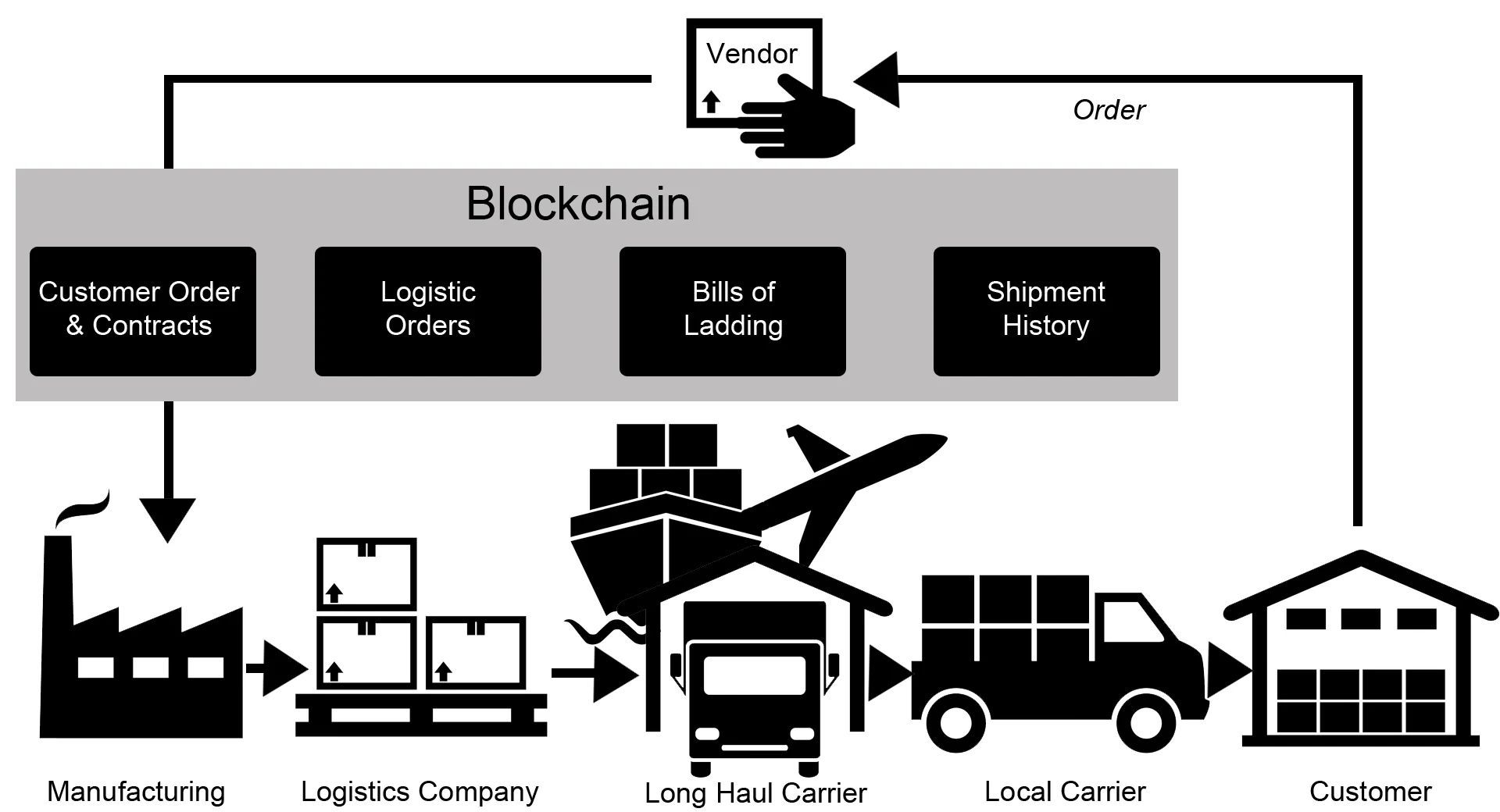Information about SLA network is increasingly common in telecommunications companies. The acronym SLA itself stands for Service Level Agreement. This is a type of contract that specifies the conditions and parameters of SLA telecommunication services that the customer orders. These are organisational, technical and quality parameters. Such a contract also includes information about the rates, discounts, and rebates that the customer can count on if the supplier fails to fulfil the terms of the contract. What else should you know about SLA in Telecom?
SLA Network – Benefits and Advantages for a Company and a Client
An SLA network is established when the service provider is designing a service for a specific customer. An SLA Telecom allows you to define conditions for a certain amount of time and all guidelines on how the service provided should operate. It can also determine the conditions for each level of service if the customer decides to make changes resulting from his needs.
In some cases, if the service provider fails to fulfil the terms of the contract, it may mean various consequences for him, which are also clearly defined. Such an SLA full form in Telecom is very beneficial because it makes it easier to maintain the proper service level and can motivate the appropriate behavior towards the customer.
Service Level Agreement – SLA Monitoring
SLA networking determines service availability, service credits, and service performance. It is good to understand SLA meaning in Telecom to know that monitoring compliance with contract terms is not easy.
Telecom SLA is a tool that allows you to monitor your services and properly manage SLA networks. This solution constantly checks network SLA metrics and makes sure that the terms of the contract are met. Otherwise, the service provider’s revenues from the services it offers decrease. This approach facilitates work, increases the efficiency of service provision, minimises losses and increases customer satisfaction. Measurement tools monitor the network service level, which increases the quality of the service offered.
How to Monitor Each Level of Service and Comply with the Terms of the Contract
Implementing a system for monitoring network service level and checking network SLA metrics has many benefits.
One of them is checking contract execution processes and ensuring the security of services.
The second aspect concerns compliance with the conditions contained in the contract. The system anticipates the date of predictive maintenance, and thanks to the use of artificial intelligence and machine learning, the effectiveness of its prediction and detection of possible anomalies increases.
Thirdly, the system can integrate SLA events, monitor and process them thanks to the option of monitoring the arrangements between the provider and the customer.
Moreover, such a modern and innovative system can be integrated with other tools, systems and modules to increase the scope of its operation and better manage problems, difficult events and changes.
The use of such a monitoring system provides the customer with clear information about how his service works and increases loyalty to the company. However, the service provider can reduce the costs of contract violations by preventing unforeseen failures from occurring. Therefore, it is a solution that brings benefits to all parties.

























